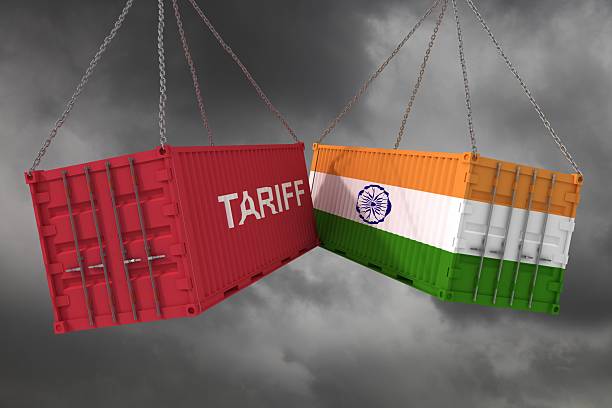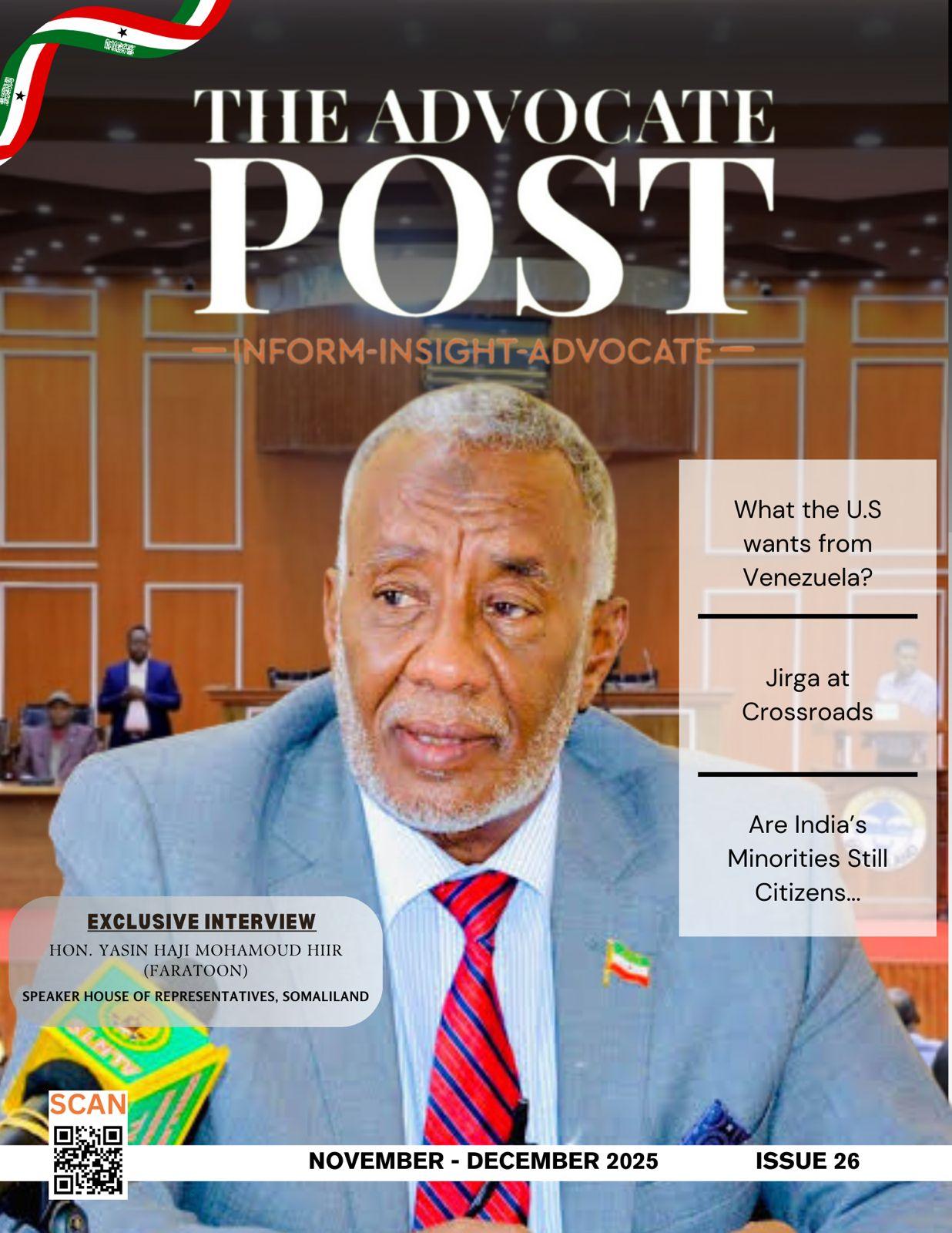News Desk: Relations between the United States and India have deteriorated sharply after President Donald Trump imposed a 50 percent tariff on Indian goods, citing India’s continued import of Russian oil. The additional 25 percent tariff—announced on Wednesday—comes on top of existing levies, making it the highest tariff the US has applied to any country so far, alongside Brazil.
🇮🇳 From “Friend-Shoring” to Friction
Despite public displays of camaraderie between Trump and Indian Prime Minister Narendra Modi, the move reflects a shift away from “friend-shoring” to a strict onshoring policy, say analysts.
“This is arguably the worst moment in US–India relations in many years,” said Vina Nadjibulla of the Asia Pacific Foundation of Canada. “The breakdown in trade talks and lack of a deal now leaves India in a very small group facing the highest tariffs globally.”
The new tariffs will take effect in three weeks, significantly impacting bilateral trade, which stood at $212 billion last year. India had hoped to double this to $500 billion over the next five years.
Why the Talks Failed
India had offered several trade concessions:
-
Cutting tariffs on US industrial goods
-
Increasing imports of US energy and defense products
-
Reducing duties on automobiles
However, New Delhi refused to lower tariffs on agriculture and dairy products, citing the need to protect millions of poor farmers—a stance shared by countries like Canada.
The Russia Factor
The tariff hike is also seen as punishment for India’s continued purchases of Russian oil and weapons—a sticking point in recent negotiations. Trump publicly threatened consequences last week, calling India a “dead economy” and expressing frustration over stalled trade talks.
Adding fuel to the fire was a recent disagreement over the India–Pakistan conflict in May. Trump claimed to have mediated a ceasefire, but India denied any US involvement. In contrast, Pakistan credited Trump and even said it would nominate him for the Nobel Peace Prize, further straining India–US ties.
Impact on India’s Global Strategy
The tariffs come at a difficult time for India, which is:
-
Promoting itself as a manufacturing alternative to China
-
Finalizing trade deals with the UK and EU
-
Trying to stabilize ties with China ahead of the Shanghai Cooperation Organisation summit
Trump’s protectionist turn could dampen investor confidence. Apple, which plans to assemble all US-bound iPhones in India by next year, is exempt from current tariffs—but uncertainty looms.
“India must now recalibrate its foreign policy,” said Farwa Aamer of the Asia Society Policy Institute. “It has to assert its strategic independence without appearing weak.”
India Responds
New Delhi has called the tariffs “unfair, unjustified, and unreasonable”, maintaining that its Russian oil imports are essential for meeting the energy needs of its 1.4 billion citizens.
Experts expect a period of creative diplomacy ahead. “Strong-arming leaders like Modi will lead to inevitable counter-moves,” said Robert Rogowsky, an international trade professor.
In the meantime, India is likely to strengthen its bilateral and regional ties, while seeking a path to restore trust with Washington.






This Post Has 2 Comments
Pingback: Trump increases tariffs on India to 50% - The Advocate Post
Pingback: Supreme Court Review Legality of Trump’s Tariff Powers in High-Stakes November 5 Hearing - The Advocate Post